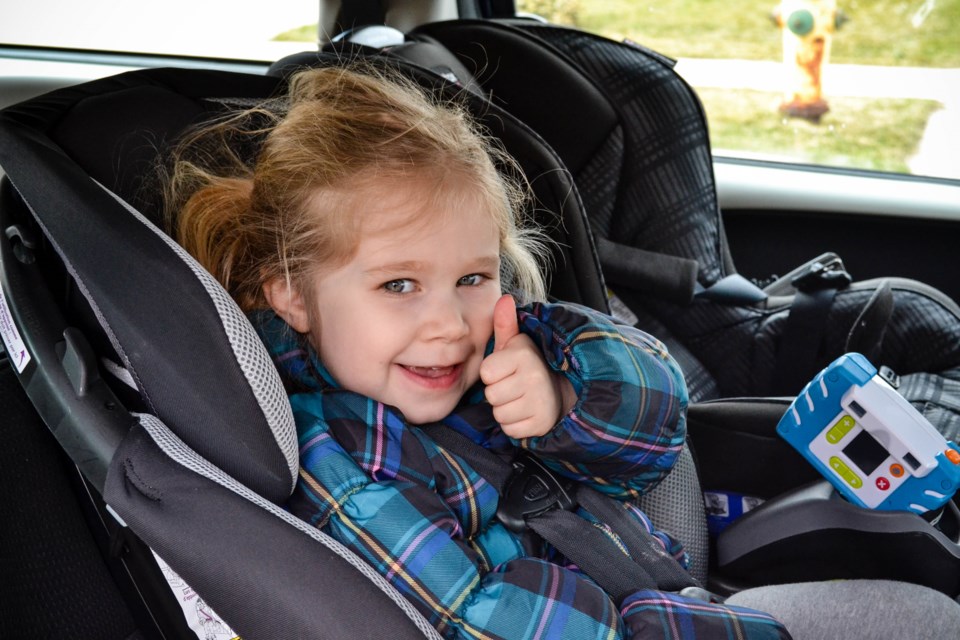NEWS RELEASE
DEPARTMENT OF TRANSPORTATION
*************************
Parents and caregivers who think child heatstroke deaths could “never” happen on their watch should think again. Tragically, “never” does happen and nearly every state in the United States has been affected. The U.S. Department of Transportation’s National Highway Traffic Safety Administration (NHTSA) urges parents and caregivers to learn about and share critical information about the dangers of leaving children alone in hot cars. Help us spread the word: Once You Park, Stop, Look, Lock.
Since 1998, when safety advocates first began tracking, vehicular heatstroke has killed more than 965 children.
- More than half (52.6%) of these tragedies occur when a child is “forgotten” by a parent or caregiver and left in a hot car.
- More than half (58%) of these heatstroke deaths occur at a home.
- Nearly one-third of these tragedies occur with children under one year of age.
Yet, this tragedy is 100 per cent preventable. Before leaving a vehicle, stop, look for a child, and lock the car doors. It only takes a second.
Why are hot cars so unsafe? For starters, internal vehicle temperatures can raise quickly and become up to 50 degrees warmer than the outside air temperatures. So even if it’s a cool day outside, a vehicle may still pose a threat to a child. A child’s body temperature increases 3 to 5 times faster than an adult’s.
In 2023, 29 children died due to vehicular heatstroke, a decrease from the 33 children who died in 2022. The death rate has been lower in recent years. On average, 37 children die each year as a result of vehicular heatstroke. On average, one child dies from heatstroke every 10 days in the United States from being left in a car or crawling into an unlocked vehicle. What is most tragic is that every single one of these deaths could have been prevented.
The biggest risk factor in these cases is a change in routine. The three main scenarios in which heatstroke occurs are:
- Children are forgotten in vehicles by parents or caregivers.
- Children gain access to unlocked vehicles and become trapped inside.
- Children are knowingly left in vehicles by parents or caregivers.
We each have a role to play to help keep our kids safe. Help us share life-saving tips and resources with as many people as we can.
Help us spread the word: Once You Park, Stop, Look, Lock.
For more information, visit https://www.trafficsafetymarketing.gov/safety-topics/child-safety/vehicular-heatstroke-prevention.
Michigan aiming for zero deaths
The goal is zero fatalities and serious injuries on Michigan roads through the implementation of the Safe System Approach. Since last week, 11 people died on Michigan roadways making a total of 273 this year. In addition, 87 more were seriously injured for a statewide total of 1,198 to date.
Compared to last year at this time, there are 17 fewer fatalities and 105 fewer serious injuries.
Numbers are provided by the Michigan State Police.



